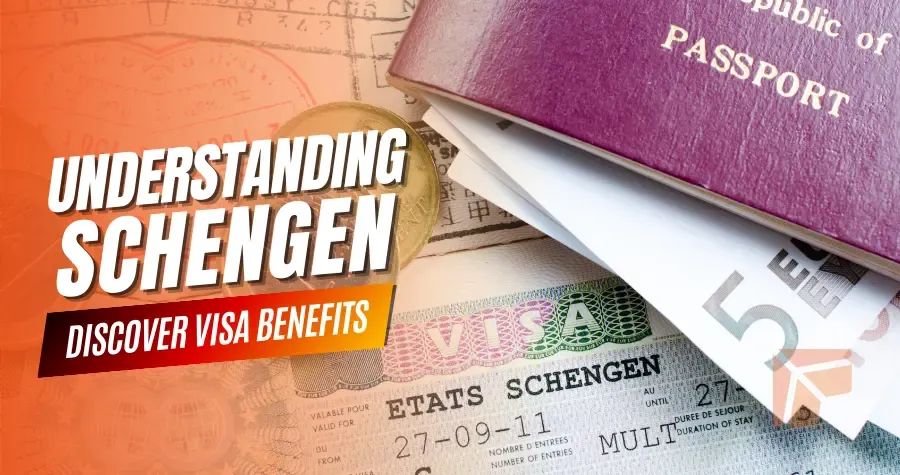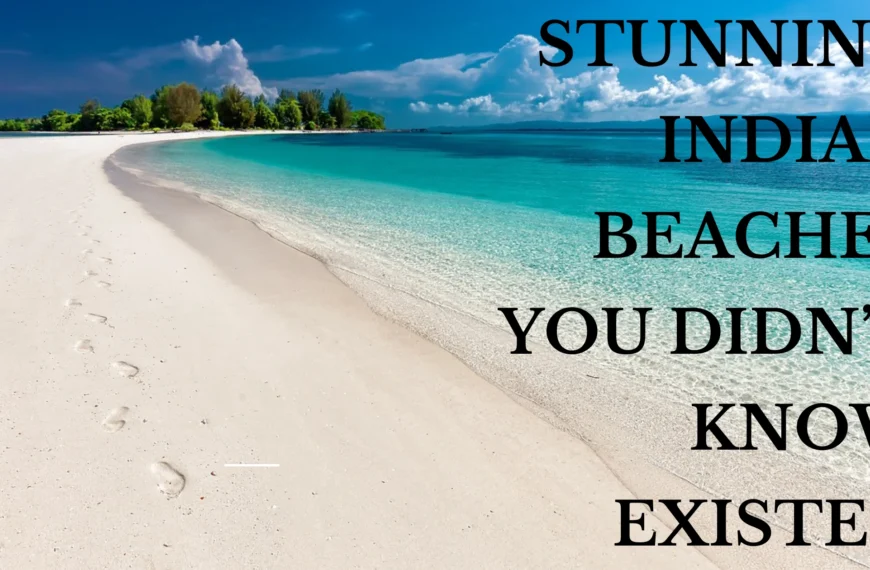If you’ve ever dreamed of sipping espresso in a Parisian café, hiking the Swiss Alps, or getting lost in the charming streets of Prague, then you might need a Schengen Visa to make that dream a reality. This golden ticket grants access to 27 European countries without the hassle of multiple border checks. Whether you’re a tourist, business traveler, student, or just passing through, understanding the Schengen Visa is essential for seamless travel across Europe.
- What is a Schengen Visa? A Simple Explanation
- Which Countries Require a Schengen Visa?
- Who Needs a Schengen Visa?
- Types of Schengen Visas: Which One is Right for You?
- Schengen Visa Requirements: What Documents Do You Need?
- How to Apply for a Schengen Visa: Step-by-Step Guide
- Schengen Visa Fees: How Much Does It Cost?
- Common Reasons for Schengen Visa Rejection (And How to Avoid Them!)
- Conclusion
What is a Schengen Visa? A Simple Explanation
A Schengen Visa is a short-stay visa that allows travelers to visit and move freely within the Schengen Area for up to 90 days within a 180-day period. It eliminates border controls between participating countries, making travel across Europe smooth and hassle-free. However, it doesn’t grant the right to work in these countries unless specifically mentioned.
Which Countries Require a Schengen Visa?
The Schengen Visa grants access to 27 European countries, including:
- Austria, Belgium, Czech Republic, Denmark, Estonia, Finland, France, Germany, Greece, Hungary, Iceland, Italy, Latvia, Liechtenstein, Lithuania, Luxembourg, Malta, Netherlands, Norway, Poland, Portugal, Slovakia, Slovenia, Spain, Sweden, and Switzerland.
Also Read: How Can You Travel Australia on a Shoestring Budget?
These countries have eliminated internal borders, allowing travelers to move freely within the Schengen Area once they enter.
Who Needs a Schengen Visa?
Not everyone requires a Schengen Visa. The need depends on your nationality:
- Visa-Required Countries: Citizens of countries such as India, China, Russia, South Africa, and the Philippines must apply for a Schengen Visa before traveling.
- Visa-Exempt Countries: Nationals from the USA, UK, Canada, Australia, Japan, and several others can enter Schengen countries without a visa for short stays but must adhere to the 90/180 rule.
Always check with the relevant embassy to confirm visa requirements based on your passport.
Types of Schengen Visas: Which One is Right for You?
Schengen Visas come in different categories based on travel purposes:

- Tourist Visa: For leisure travelers exploring Europe.
- Business Visa: For work-related visits, meetings, and conferences.
- Student Visa: For those enrolled in short-term studies or courses.
- Transit Visa: For travelers stopping in a Schengen country en route to another destination.
Schengen Visa Requirements: What Documents Do You Need?
Applying for a Schengen Visa requires a set of mandatory documents, including:
- A valid passport (with at least two blank pages and valid for at least three months beyond your return date)
- A completed Schengen Visa application form
- Passport-sized photos
- Proof of travel insurance covering at least €30,000 in medical expenses
- Proof of accommodation (hotel bookings, invitation letters, etc.)
- Financial statements proving you can support yourself during your stay
- A detailed travel itinerary (flight bookings, transportation details, etc.)
- Visa fee payment receipt
How to Apply for a Schengen Visa: Step-by-Step Guide
Here’s a simple step-by-step process to apply for a Schengen Visa:
- Determine where to apply: Submit your application at the embassy/consulate of the country where you’ll spend the most time.
- Book an appointment: Most embassies require applicants to schedule an appointment in advance.
- Gather necessary documents: Ensure all required paperwork is complete and accurate.
- Attend the visa interview: Some applicants may need to attend an interview and provide biometrics.
- Pay the visa fee: Fees vary based on age and category.
- Wait for processing: Processing times can take anywhere from 15 to 45 days, so apply well in advance.
Schengen Visa Fees: How Much Does It Cost?

The cost of a Schengen Visa varies based on the applicant’s age and category:
- Adults: €80
- Children (6-12 years): €40
- Children under 6: Free
- Students, researchers, and some other categories may qualify for fee waivers or reductions.
Common Reasons for Schengen Visa Rejection (And How to Avoid Them!)
Visa rejections can be frustrating. Here are some common reasons and how to avoid them:
- Incomplete Documentation: Double-check all required documents before submission.
- Insufficient Financial Proof: Show clear evidence that you can support your stay.
- Unclear Travel Plans: Provide a well-organized itinerary with confirmed bookings.
- Previous Visa Violations: Overstaying a past visa can negatively impact future applications.
- Suspicious Intentions: Be honest and transparent in your application.
Conclusion
The Schengen Visa is your key to exploring Europe with ease. Whether you’re visiting for leisure, business, or studies, securing this visa ensures a smooth and hassle-free journey across multiple countries. By understanding the requirements, avoiding common mistakes, and applying with proper documentation, you can increase your chances of approval and embark on a European adventure like never before.
So, pack your bags, get your visa in order, and get ready to explore the wonders of the Schengen Zone!












